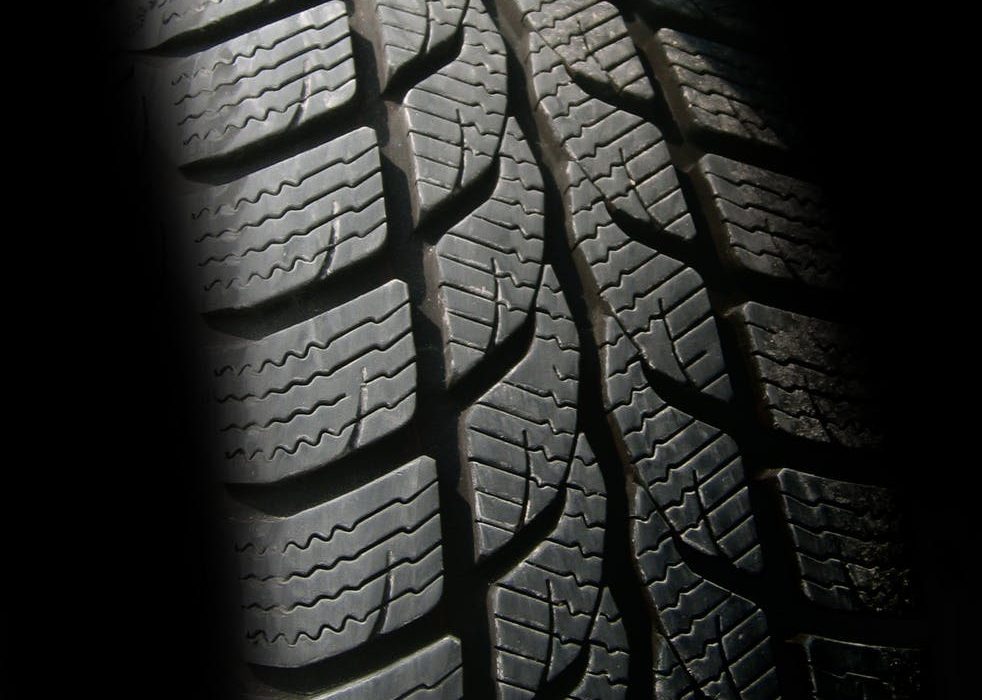
Tires are an important part of your RV. Since they are made of runner, we should know that they will degrade eventually. Owners rarely replace their RV tires. Oils and chemicals inside the tires will eventually evaporate, causing rubber to lose its flexibility and it will become more brittle. The tire becomes drier, because chemical bonds have been broken down. New tires look distinctly black, but as they age, they will turn dull gray with noticeable hairline cracks, although you rarely bring the RV in a trip. If the problem is severe enough, cracks will become bigger and tread will become visible. There’s no doubt that you will need to immediately replace these tires. You shouldn’t use the RV when tires are affected with dry rot. During long distance trips, the rubber will expand due to the accumulated heat. The constant expansion and contraction will weaken the tire wall. One failed tire could ruin your well planned vacation. The maximum lifespan for a tire is 10 years, even if it’s almost never used. In some cases, tires need to be replaced after 6 years, because degraded rubber could fail and make serious accidents more likely to happen. It means that your personal safety can be badly compromised. In fact, dry rot will develop faster due to low inflation and lack of use. This is especially true for RV and you don’t even use it each month. Other than RV tires, dry rot could also affect vintage cars and jeeps, that are not used for daily uses.
You shouldn’t be too alarmed when your RV tires start to show signs of dry rot. This is something that you need to expect. You should be able to extend the lifespan of the tire by making sure that it is properly inflated. It is important that the pressure value stamped on your tires is actually the maximum rating. Constant exposure to the sun could cause sidewall cracking and this is also known as the thermo-oxidative degradation. This problem could become accelerated when the climate is relatively hotter. So, it is important to make sure that your vehicle is properly covered whenever possible. It is better if the storage area has climate control system, but this is an expensive feature for many RV owners, so they may not be able to afford that. It is often suggested that you place a sheet of thick plywood under the tires, so they don’t have direct contact with the UV-absorbing asphalt. One benefit of regular examination is that you are able to fix dry rot in their early phases. UV block solution can be applied on the tire surface about 4 times a year. However, you should know that choosing the wrong product could end up hurting your tires. The least expensive way and also the easiest one is to use vinyl cover to effectively block any sun ray. Your tires should be completely shrouded in darkness. When your tires are not exposed to sunlight, ozone won’t form and your tires will be able to last until the recommended lifespan.














